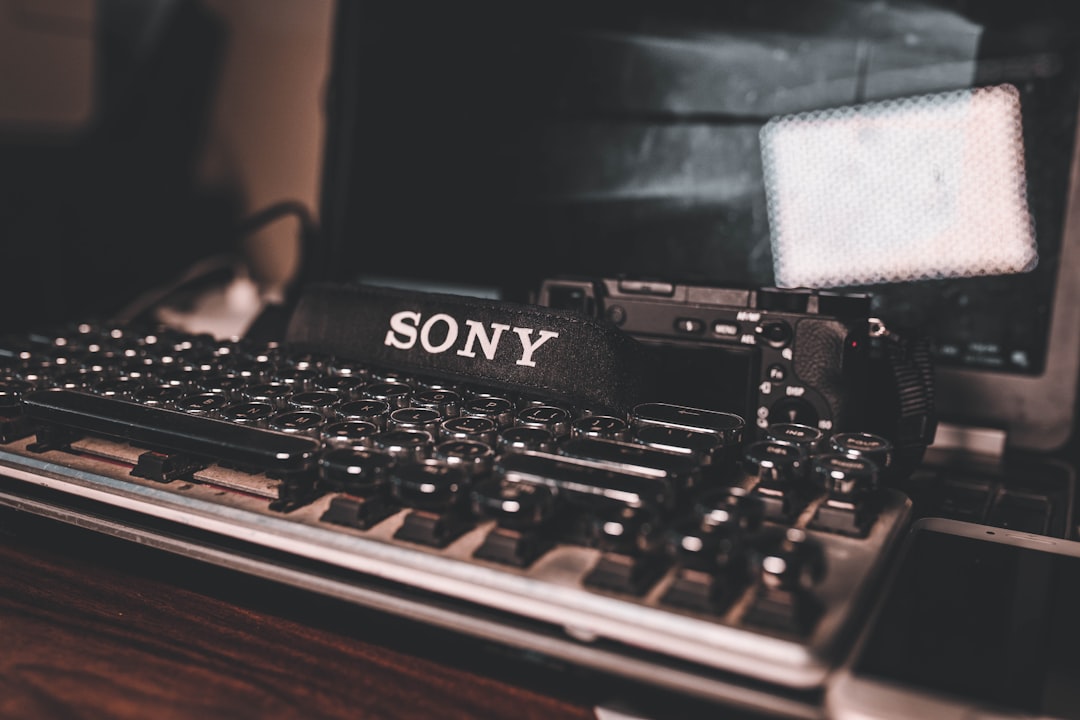Creating a compelling video for an event requires careful planning, the right tools, and a creative approach. Whether the event is a corporate gathering, wedding, charity gala, or festival, a well-crafted video serves as a lasting memento and a powerful promotional tool. The key lies in blending storytelling with visuals that capture the energy and emotion of the occasion. Here’s how to make a successful event video from start to finish.
Table of Contents
1. Pre-Production: Planning is Key
Before the cameras start rolling, thorough planning is essential. This phase sets the foundation for a smooth production process.
- Define the Purpose: Is the video being used to promote a future event, share on social media, or serve as a keepsake?
- Know Your Audience: Tailor the style and message of the video to appeal to viewers, whether attendees or potential customers.
- Create a Shot List and Storyboard: List out key scenes and visual sequences. Identify must-have shots such as speakers, performances, guest interactions, and decor highlights.
- Scout the Venue: Visit the location to identify the best camera angles, lighting conditions, and sound challenges ahead of time.
Having a clear production plan allows the team to be efficient during the shoot, minimizing missed opportunities for capturing vital moments.

2. Production: Capturing the Action
The day of the event is your opportunity to collect dynamic footage that will form the core of your video. Here’s how to ensure high-quality results.
- Use Multiple Cameras: Cover the event from several angles. Use a mix of wide-angle, close-up, and mobile shots to add variety.
- Capture Natural Audio: Record ambient sounds like crowd reactions, applause, and music. Consider microphones for speeches or interviews.
- Be Discreet but Present: Videographers should blend into the background while remaining ready to shoot candid and emotional moments.
Don’t rely entirely on spontaneous footage—plan to film key moments such as speeches, awards, dances, or entertainment acts. Timely communication with event organizers helps to stay updated on the schedule and catch spontaneous highlights.
3. Post-Production: Telling the Story
This is the phase where raw footage is transformed into a polished narrative. Use creative editing techniques to bring the event to life.
- Organize and Review Footage: Sort clips by moments and emotional impact. Use this to build your video’s structure.
- Choose the Right Music: Select soundtracks that complement the tone of the event—upbeat for festive, elegant for formal.
- Incorporate Titles and Graphics: Include names, speaker titles, logos, and event branding elements tastefully.
- Maintain a Cohesive Flow: Arrange clips in a logical sequence that reflects the event’s progression and maintains viewer interest.
Color correction, audio leveling, and transitions are also key finishing touches. Aim for brevity while preserving emotional and impactful moments. A well-edited video is typically 2 to 5 minutes for general sharing, while a longer version can be created for full documentation.

4. Sharing and Promotion
Once your event video is finalized, plan how and where to share it. Consider uploading it to platforms like YouTube, Vimeo, or social media channels. If it’s a corporate event, embed the video on the company website or share it in newsletters. Ensure videos are optimized for mobile viewing and include captions for accessibility. You can also create teaser clips to boost engagement on platforms like Instagram and TikTok.
Frequently Asked Questions (FAQ)
-
Q: How long should an event video be?
A: Ideally, a highlight video should be 2 to 5 minutes long. Full-length videos covering entire events may range from 20 minutes to over an hour. -
Q: What equipment is needed to shoot an event video?
A: At a minimum, a DSLR or mirrorless camera, external microphone, tripod, and lighting setup are recommended. Drones and stabilizers can further enhance quality. -
Q: Can I make an event video with a smartphone?
A: Yes, modern smartphones with high-resolution cameras and stabilization features can produce excellent results, especially when paired with clip-on mics and tripods. -
Q: What software is best for editing event videos?
A: Popular choices include Adobe Premiere Pro, Final Cut Pro, DaVinci Resolve, and beginner-friendly apps like iMovie or Shotcut.
